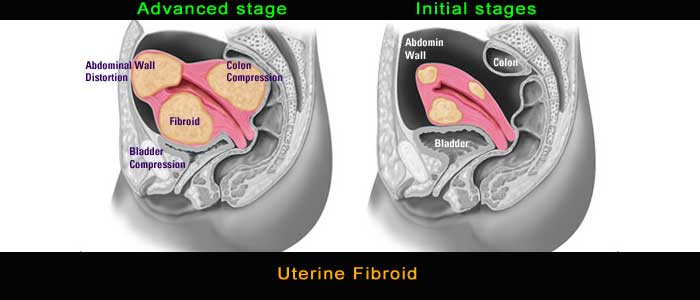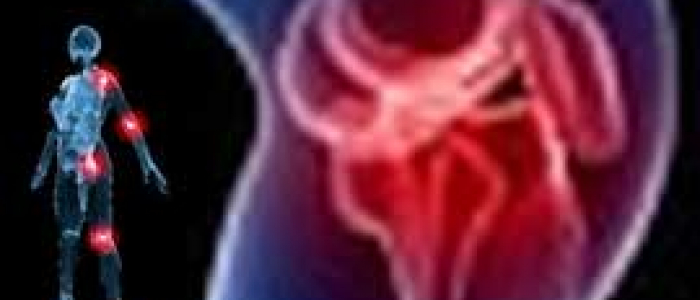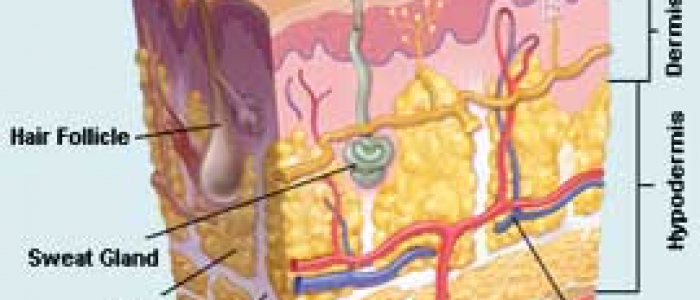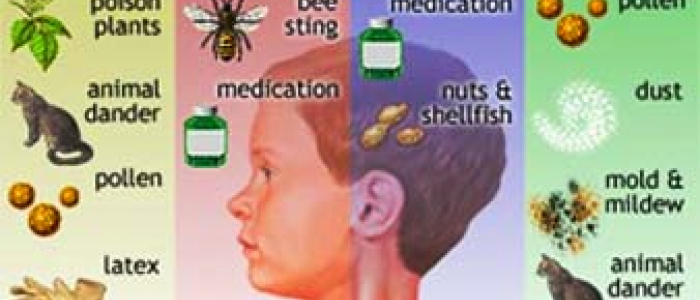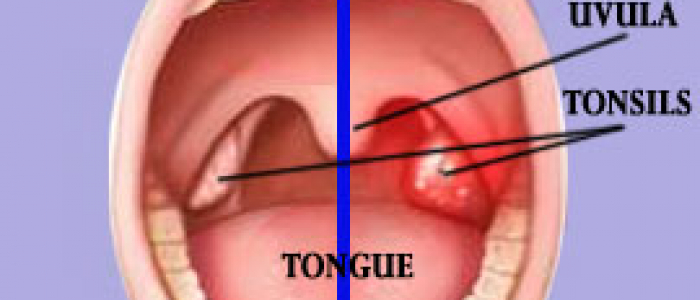
March 24, 2010 -- The 2009 H1N1 <span class="bright">"swine flu"</span> virus shares remarkable similarities with strains that were rampant early in the 20th century, two teams of scientists report. These structural similarities help explain why older people seemed to be less affected by H1N1 during the latest pandemic, researchers say, and they also point the way to better vaccines against the strain.
Parts of the 2009 virus were remarkably similar to human H1N1 viruses circulating in the early 20th century
In one report, published in the March 25 online edition of Science, a team at the Scripps Research Institute and elsewhere say that the structure of the hemagglutinin (the influenza virus envelope protein) found on H1N1 is very similar to that of strains seen almost 100 years ago. "Parts of the 2009 virus are remarkably similar to human H1N1 viruses circulating in the early 20th century," study senior author and Scripps professor Ian Wilson said in an institute news release. "Our findings provide strong evidence that exposure to earlier viruses has helped to provide some people with immunity to the recent influenza pandemic." One area of hemagglutinin, especially, known as antigenic site Sa, appears highly similar between the 2009 and 1918 strains of influenza. The 1918 flu pandemic killed millions worldwide. In a separate report, scientists have discovered that the 1918 and 2009 pandemic influenza viruses share a key structural detail -- both lack a cap of sugar molecules in a certain area -- that makes them susceptible to the same antibodies. It may be possible to exploit this vulnerability to design new vaccines, according to a team led by Dr. Gary J. Nabel of the National Institute of Allergy and Infectious Diseases (NIAID), part of the U.S. National Institutes of Health. The discovery was made in a series of experiments with mice and computer modeling studies. "This study defines an unexpected similarity between two pandemic-causing strains of influenza. It gives us a new understanding of how pandemic viruses evolve into seasonal strains and, importantly, provides direction for developing vaccines to slow or prevent that transformation," Dr. Anthony S. Fauci, director of NIAID, said in an agency news release. Those findings were published online March 24 in the journal Science Translational Medicine.



